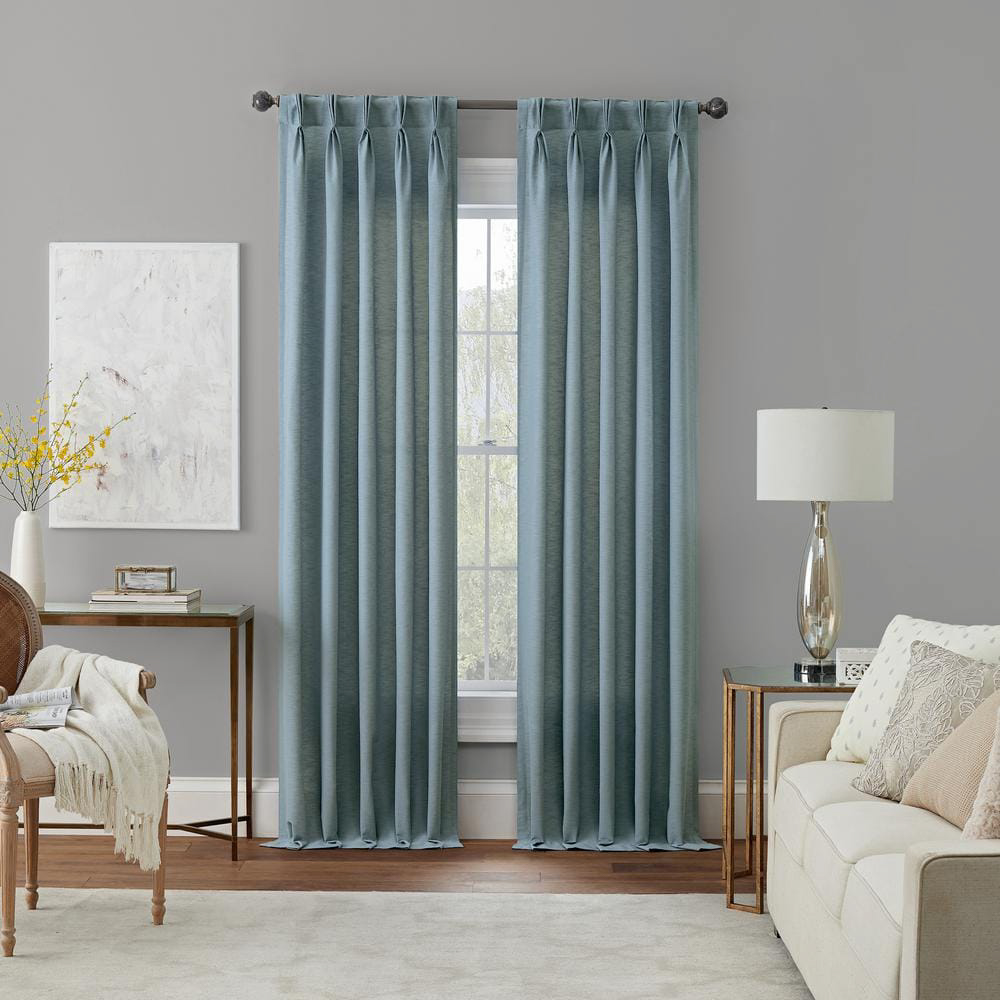
How to Design a Stunning Ceiling: Tips and Tricks
When it comes to designing a room, the ceiling is often overlooked or treated as an afterthought. However, a well-designed ceiling can completely transform a space and add a unique touch of personality. Here are some tips and tricks for designing a stunning ceiling.
Consider the Space
Before designing a ceiling, it’s important to consider the space it’s in. The ceiling of a grand ballroom is going to look very different from the ceiling of a cozy living room. The size, shape, and purpose of the space should all be taken into account when planning the ceiling design.
Choose the Right Materials
The materials used for the ceiling can make a big impact on the overall design. Popular ceiling materials include wood, tin, plaster, and even wallpaper. Consider the style and aesthetic of the room when choosing materials. For example, a rustic wood ceiling would be a great fit for a cozy cabin-style living room, while a glittering tin ceiling would be perfect for a glamorous dining room.
Get Creative with Lighting
Lighting can play a huge role in the design of a ceiling. Adding a statement chandelier or some recessed lighting can highlight certain features of the ceiling and add to the overall ambiance of the room. Be creative with your lighting choices and consider color-changing LED lights, which can be adjusted to suit different moods and occasions.
Choose a Design
Once you have considered the space and materials, it’s time to choose a design for the ceiling. There are many different designs to choose from, each with its own unique style and benefits.
Tray Ceiling
A tray ceiling is a popular choice for adding depth and visual interest to a room. This design features a recessed center that is elevated above the surrounding ceiling, often with molding or other decoration. Trays can be rectangular, square, or even circular, providing endless options for customization.
Coffered Ceiling
A coffered ceiling is a classic design that features structural boxes, or “coffers,” in a grid pattern across the ceiling. This design adds a touch of elegance and sophistication to a room and can be customized with different molding and paint colors.
Beadboard Ceiling
For a more casual, rustic look, consider a beadboard ceiling. This design features narrow, vertical boards that create a charming wainscoting effect on the ceiling. Beadboard is a great choice for adding texture and warmth to a room.
DIY vs. Professional Installation
When it comes to designing and installing a ceiling, there are two options: DIY or professional installation. While a DIY project can save you money, it can also be time-consuming and difficult, especially if you don’t have much experience with home improvement projects. If you’re not confident in your abilities, it’s best to hire a professional to design and install your ceiling for you.
DIY Tips
If you do decide to tackle a ceiling design project on your own, there are a few tips to keep in mind. First, always measure and plan carefully to ensure a precise fit. Second, make sure to use the right tools and materials for your project. And finally, take your time and work carefully to avoid mistakes.
Professional Installation Benefits
Hiring a professional to design and install your ceiling comes with many benefits. First, professionals have the experience and know-how to create a flawless finished product. Second, they have access to tools and materials that may not be available to DIYers. Third, a professional installation can save you time and ensure that the project is completed correctly.
Designing a stunning ceiling takes careful consideration, planning, and execution. By choosing the right materials, lighting, and design for the space, you can create a beautiful and unique ceiling that adds to the overall ambiance of the room. Whether you decide to take on the project yourself or hire a professional, a well-designed ceiling is sure to impress.


